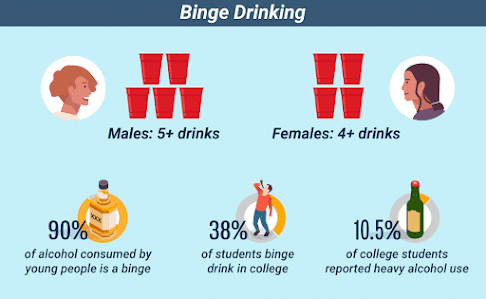Lit review #4
Visual:

Citation:
Fairman, Brian J., et al. “State Alcohol Policies, Taxes, and Availability as Predictors of Adolescent Binge Drinking Trajectories into Early Adulthood.” Addiction (Abingdon, England), vol. 114, no. 7, Wiley Subscription Services, Inc, 2019, pp. 1173–82, doi:10.1111/add.14600.
Summary:
The aim of the study is to analyze the correlation between the number of alcohol policies and underage drinking. The study focuses on youth binge drinking into early adulthood. The study also reviews the effects of a tax on beer and how this can reduce binge drinking.
Author:
Brian Fairman, the author of this article, works in Eunice Kennedy Shriver National Institute of Child Health and Human Development. He focuses on epidemiology, cannabis, and tobacco studies.
Key Terms:
latent growth mixture modeling (GMM)- to identify binge‐drinking trajectories across six waves
Low‐risk- those at low risk to develop binge drinking tendencies
Higher beer excise taxes - tax on beer to reduce the rate of binge drinking
Quotes:
“Excessive drinking is a serious but preventable global health concern for underaged youth, which increases the risk for serious injury, especially motor vehicle crashes, violence including homicide, suicide, intimate partner violence and sexual assault, as well as alcohol use disorder”
“Our results confirm that weaker alcohol policies are associated with a 40% increased risk of membership in the escalation binge‐drinking class compared to those who in the low‐risk class; approximately a quarter of underaged youth by ages 20–21 escalate their binge drinking to approximately twice a month, while a third abstain”
“Consistent with research on alcohol taxes and consumption, membership in the escalating and late‐onset binge‐drinking trajectories was inversely related to beer excise taxes. Higher beer costs might reduce opportunities and quantities of alcohol underage youth can consume and reduce rates of adult drinking which is related to youth drinking”
Value:
This article holds value because it shows how an increase in alcohol policy reduces rates of binge drinking. It also shows how an increase in price can reduce the rate of binge drinking because people that are underage will not be able to buy beer in general or will not have enough money to buy a surplus.

Comments
Post a Comment